Low-light photography is always a challenge for smartphone cameras. Last year, Google awed us all with the launch of Pixel 3 by providing the solution to the low-light dilemma with the Night Sight feature, a software improvement that can take crisp photos in minimum surrounding light. This year we have Huawei P30 Pro that is getting the title of “the low light king”.
Ever since Huawei joined hands with Leica to improve the camera experience, we have seen the birth of some great camera phones. The lenses that the German optics company manufactures and the software and chipset (Kirin) created by the Chinese smartphone giant mesh well together in the latest flagship phone to deliver outstanding performance.
This year, the RYYB sensor, which, according to Huawei, works effectively due to the Kirin chipset’s optimization, can even see in the dark. Though with good results, there are also some challenges for the photographers using P30 Pro, which we will discuss later.
We finally got the opportunity to test the camera prowess of the much-hyped Huawei P30 Pro, so let’s find out if it can see what our eyes can miss.
Huawei P30 Pro Camera technology
We have previously explained the camera of Huawei P30 Pro, but let’s recap to refamiliarize ourselves. The smartphone comes with the following camera specs:
- 40MP (27mm) Wide Angle Lens, f/1.6, OIS, 1/1.7 inch sensor
- 20MP (16mm) Ultra Wide Angle Lens, f/2.2, 1/2.7 inch sensor
- 8MP (125mm) Telephoto, 5x optical zoom, f/3.4, OIS, 1/4 inch sensor
- ToF (Time of Flight) 3D sensor for depth perception
As compared to P20 Pro, the primary 40MP camera, also called SuperSpectrum or RYYB sensor, comes with 40% higher light sensitivity. The aperture has also been improved from f/1.8 to f/1.6, allowing more light to reach the sensor. Together, the two upgrades enable the smartphone to take better pictures in low light with less noise.
The smaller f-stop of P30 pro’s main camera also results in faster shutter speed, which coupled with OIS (Optical Image Stabilization) and EIS (Electronic Image Stabilization), provides a better handheld camera result by reducing the blurring from shaky hands in long exposure shots.
The smartphone’s ISO sensitivity setting has also been improved from ISO 102,400 to 409,600, making it an ideal device for low-light photography to date.
Apart from a better low-light camera, the company has also managed to squeeze 10x hybrid (AI) zoom in the smartphone to go up to 50x digital zoom. Huawei has left no stone unturned to create an excellent camera phone, but can it live up to its hype? Let’s see if Huawei P30 Pro is worthy of being the low-light camera king of 2019.
Note:
All the images were taken without a tripod and flash. The camera result has not been altered and represents the real strengths and weaknesses of the Huawei P30 Pro.
Standard Auto Mode
The 40MP SuperSpectrum camera has created a new pathway for smartphone cameras. It collects more data from the same scene due to the RYYB sensor’s presence, which makes it much more effective in low light.
When it comes to camera performance at night, Huawei P30 Pro has left us in a daze. In the standard auto mode, the smartphone provides excellent color reproduction and balanced exposure.
In the above image, you can see that the SuperSpectrum camera has managed to take in all of the colors on the Bahria’s Eiffel Tower and has not mashed them together. Huawei has finally toned down the excess sharpening of the image in P30 Pro, and now we get a realistic photo that is neither too soft nor too sharp.
Here’s an image that was taken after midnight when we could only rely on the faraway lights.
You can observe the water’s texture in the image and how light is dispersing on the lake’s surface to an illusion of a starry night. Moreover, P30 Pro’s camera has also captured a lone star in the sky to the left side of the Minar-e-Pakistan, a surprising feat for a smartphone camera.
The only thing that annoys us about the primary lens is that the street lamps’ lights in the above photo have been disseminated across the image.
You can see this problem in the following shot.
While the camera can disperse the light from a strong source, thankfully, it does not show the same behavior as the fairy lights, commonly used for decorations.
Though fairy lights in the above photo are not distinguishable, you do not end up with an overexposed shot, which can help, especially if you are doing wedding shoots with your phone.
P30 Pro has also kept the colors natural, and you cannot miss the details of the objects, including the buildings and trees that are far away from the camera that makes it a great companion for indoor shoots as well in darker situations.

While we are on the topic of preservation of details, see how P30 Pro’s main camera has frozen the moment, and you can see the water droplets static in the air and the water surface reacting to the shower created by the dancing fountain at night.
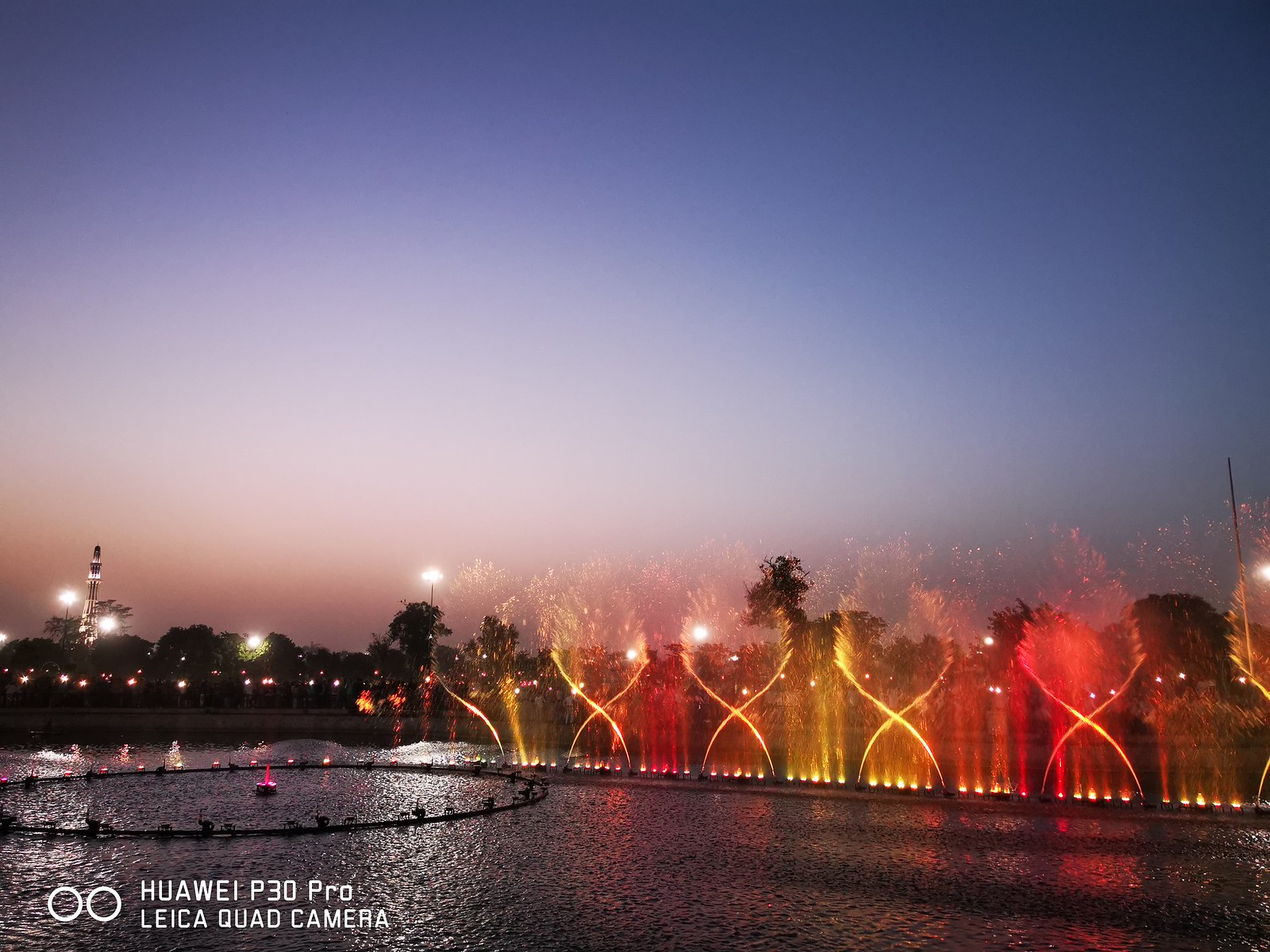
Ultra Wide Angle Shots
In P30 Pro, Huawei has replaced the Monochrome sensor with 20MP, 16mm-equivalent, f/2.2 ultra-wide camera, which covers more than 120 degrees field-of-view.
The ultra-wide-angle sensor can capture more than the main camera but loses not just details in the frame but also leaves the bluish hue in the image.
If you look at the following two images, you can observe that the main camera has kept the smallest details of the subject while the ultra-wide lens has washed out its true colors.
The ultra-wide-angle lens is quite unpredictable. The following picture was taken at dusk with the ultra-wide-angle camera, and you can see that the smartphone has changed the color of the sky, which appears in three different shades while lights faraway have started to merge with the sky as well.
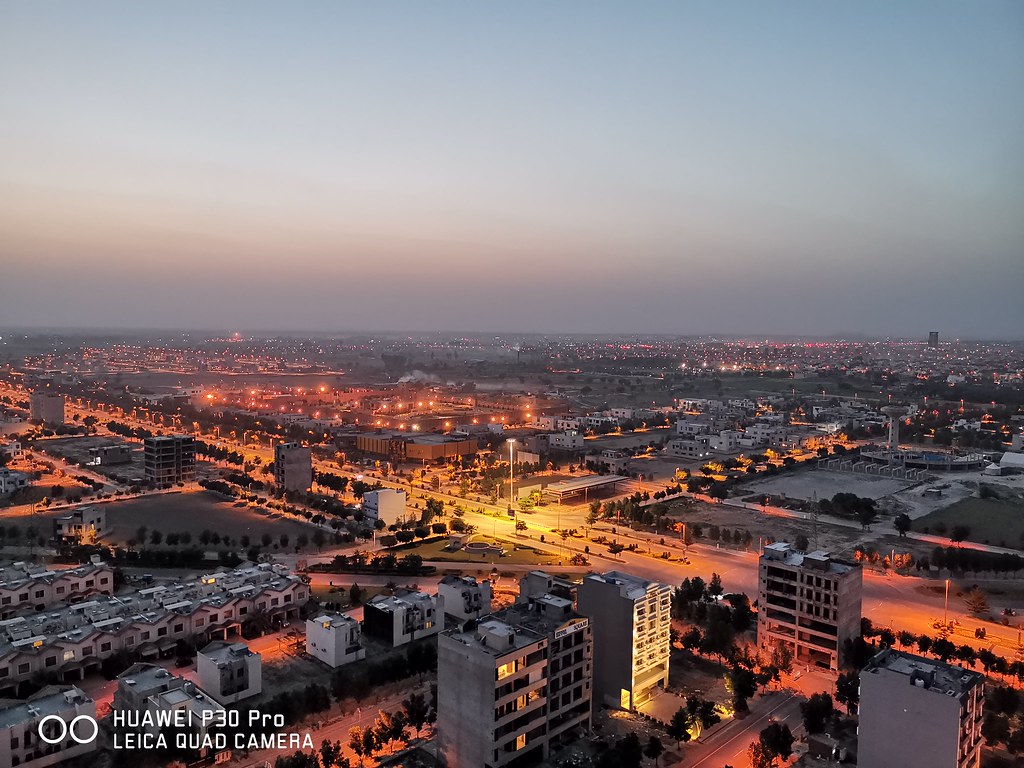
It has also preserved the details of the objects at the front while the objects at the sides and the lights at a faraway distance are smooth.
You can again see how the sky’s color has changed from black to blue in the following landscape shot.
Like the primary sensor, the ultra-wide lens also struggles against the light, and the lamps or any other sources of light end up being overexposed in the image. The camera saturates the colors of the image, making it look like a picture edited with social media filters, as you can see below.
Night Mode
Huawei P30 Pro comes with a dedicated Night mode, enabling the user to take long exposure shots. During the smartphone launch event, Huawei proudly presented a phone whose camera can see in the dark, and in our testing, we found this claim to be true.
The following image has been taken through night mode in a pitch-black situation where we couldn’t see the grass ourselves’ colors.
It was quite surprising to see that P30 Pro has not just managed to capture the scene without an external light source, but it also kept the colors and details of the grass blades completely natural.
The Huawei AIS (AI Image Synthesis) helps to get sharp images without a tripod at night. We did not feel any need to use the Pro mode of the smartphone for long exposure shots during our testing as you can take the same quality image via default night mode.
Compared with auto mode, night mode takes in more light and illuminates the subject while controlling the light and preserving the original colors.
If you look at the two images below, you can see that although Huawei P30 Pro’s camera has managed to take an image in the extreme low-light condition, you can see more details and better color reproduction in the photo taken with night mode.
The following image was also taken in an entirely unilluminated setting where even one’s eyes could not see what P30 Pro captured.
Interestingly, the camera has darkened the grass at the front, creating a realistic shade of the building on the ground while maintaining details of the main building and the one in the background.
The following image has also been taken in the same low-light condition:

AI HDR+
One of Huawei P30 Pro’s camera’s biggest weaknesses is that it tends to scatter the light at night, resulting in overexposure that covers up things like neon signs, street lamps, etc. This is where AI HDR+ mode comes in to save the day.
The P30 Pro’s AI HDR+ mode brings back the original colors of the subject in focus and controls the light to bring out the details accurately. It successfully brightens the dark areas to provide more balanced exposures in the photograph.
As you can see below, the auto mode has smoothened the image, giving a warmer tone to the entryway, whereas, in AI HDR+ mode, you can see the lamps and the realistic colors of the bricks.
Below, you can see how the neon sign that reads “Haveli” and the surrounding walls have been overexposed in the auto mode, but in HDR mode, you can read the sign, and there is a good balance between the red color and the dark surroundings.
It is a great feature that is effective against backlit backgrounds or subjects because of its excellent understanding of exposure and light. It can also help take a great picture indoors, especially in cafes, which are known for their use of yellow lights.

Telephoto
Huawei P30 Pro comes with a new periscope lens, making it possible to take 5x optical zoom, 10x hybrid zoom, and much-hyped 50x digital zoom. The digital zoom in the device takes the focal length to the equivalent of 16mm-1343mm and can thus capture what is quite far from the photographer.
While we admire the optical and hybrid zoom of Huawei P30 Pro, we struggled with the 50x digital zoom at night. Here’s a picture of Minar-e-Pakistan shot in auto mode.
Like the other images shot in auto mode, the camera has maintained the subject’s details in question. Now here’s what happens when we use the 5x optical zoom while standing at the same place.
With the 5x optical zoom, you can see Huawei P30 Pro has captured the Minar outlines, even details that the naked eye can’t notice.
We experienced no loss of details, and the image does not get pixelated even after you zoom in on the computer screen. But one of the drawbacks of the zoom capabilities is how it cannot stay true to the light’s original color. In the image above, you can see how the phone’s telephoto lens has kept the light at the top much cooler than the one below. It shows the camera’s struggle with the light source while you are zooming in on the subject.
At night, as you try to zoom further, it becomes harder to capture the subject accurately with bare hands.
It is the same for the 50x digital zoom in low-light conditions, but on the brighter side, you can see that Huawei P30 Pro’s camera has preserved the green color at the top in all the images Minar-e-Pakistan.
P30 Pro’s telephoto lens also distorts the image to make it look like a two-dimensional painting by removing the intricate details of the subject you are trying to capture. Have a look at the two images below to see the distinction.
Here you can see how the 5x optical zoom can help preserve the details of the subject at night, and you can also observe that it has tried to smoothen the image to produce sharp details.
Even if it cannot stay true to the original colors, P30 Pro’s camera was able to capture the helicopter’s image in the following photo. And in the 10x optical zoom, you can even see the number “1821” written on it.


Capturing Moving Objects at Night
We also tried to shoot the pictures of some moving objects at night in low to pitch-black settings and observed that even with AI, it could not effectively freeze the moment for us to capture
Portrait
The Portrait feature on Huawei P30 Pro is not too aggressive, and thanks to the ToF sensor, it is terrific. But when you take portrait shots in low-light, the noise starts to creep in, as you can see in the image below.
The picture was taken after midnight in Greater Iqbal Park without the help of any light source. However, in the dark, the camera was able to see details of the primary subject overlapped with the noise, which can especially be seen on our team member’s faces.
In contrast, the background blur in the following image is too aggressive, making the scene look a bit artificial. Additionally, there is no noise in the picture, and you can see the subject’s facial details.
These two pics lead us to conclude that the lights play a significant factor in calming the portrait effect at night. P30 Pro will capture the portrait image in pitch-dark scenarios but will suffer from the loss of some details.
Selfies
Like any other Huawei smartphone, P30 Pro can take good selfies in the dark due to flash inclusion. We tried taking a picture in extremely dark conditions without using the flash, and the flagship device managed to pull through. Even though the image lacked details, you won’t miss out on creating moments with your friends.
Video
The low-light features in P30 Pro also extend to the videos, and the SuperSpectrum camera can help shoot illuminating videos in the dark. However, unlike still photos, you have to be mentally prepared to see some patchy shots.
The ToF sensor does an excellent job identifying the subject closest to the camera and focuses on it throughout the video. The following video was shot approximately 262 feet above the ground in low-light conditions, and you can see that even though the camera has covered much of the background, it is still focused on the main subject. It captured the voice of the subject without any problem and muffled the sound of air.
You can also use the 15x zoom while shooting a video, but instead of getting a clear shot, you will be getting a pixelated view of the object you are trying to shoot with a lot of background noise. At the same time, if you are not thinking of using the P30 Pro camera’s zoom for videography, then it is alright to play with this feature to see what your eyes failed to capture, like the volleyball game below:
The front camera of the Huawei P30 Pro is also capable of taking great videos at night. Though it lacks optical stabilization on the front, it offers great image and sound quality. The user will need to hold the phone very steady while shooting a video with the front camera. As you can see, our team member’s face is always in focus, and the microphone captured her sound without a need for the mic.

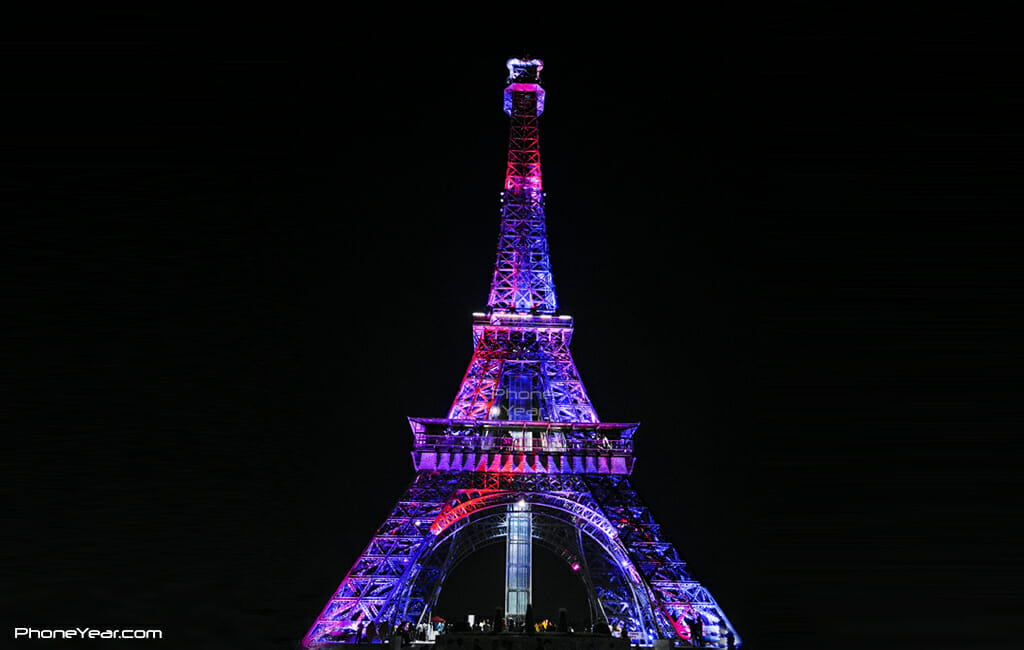



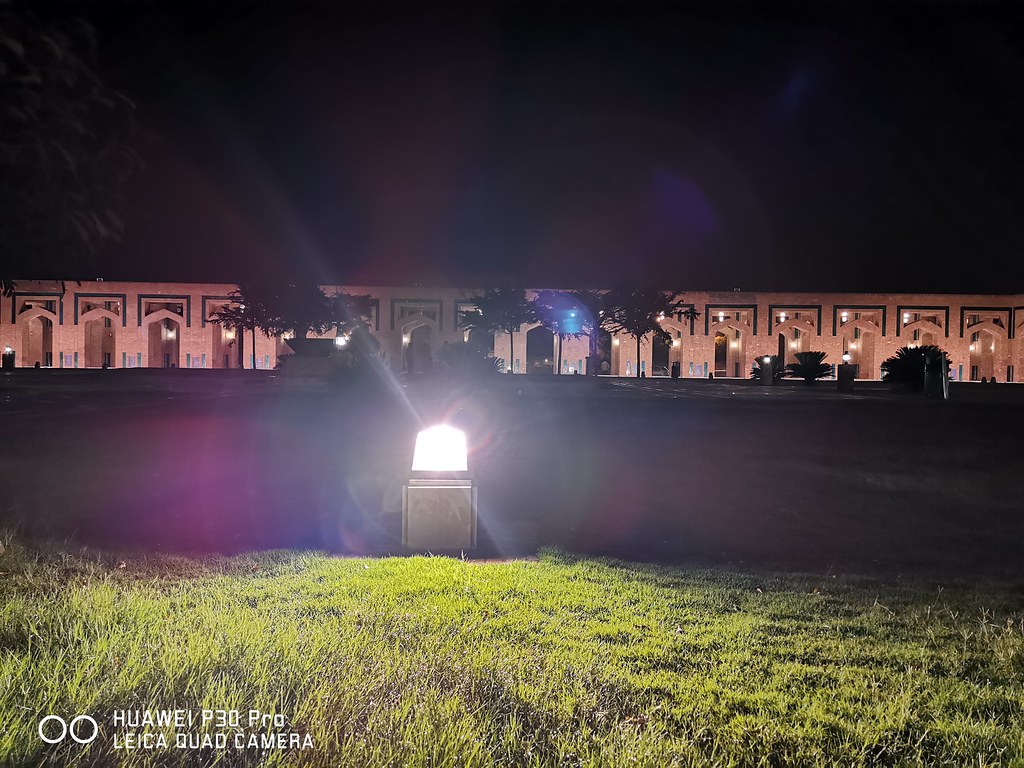
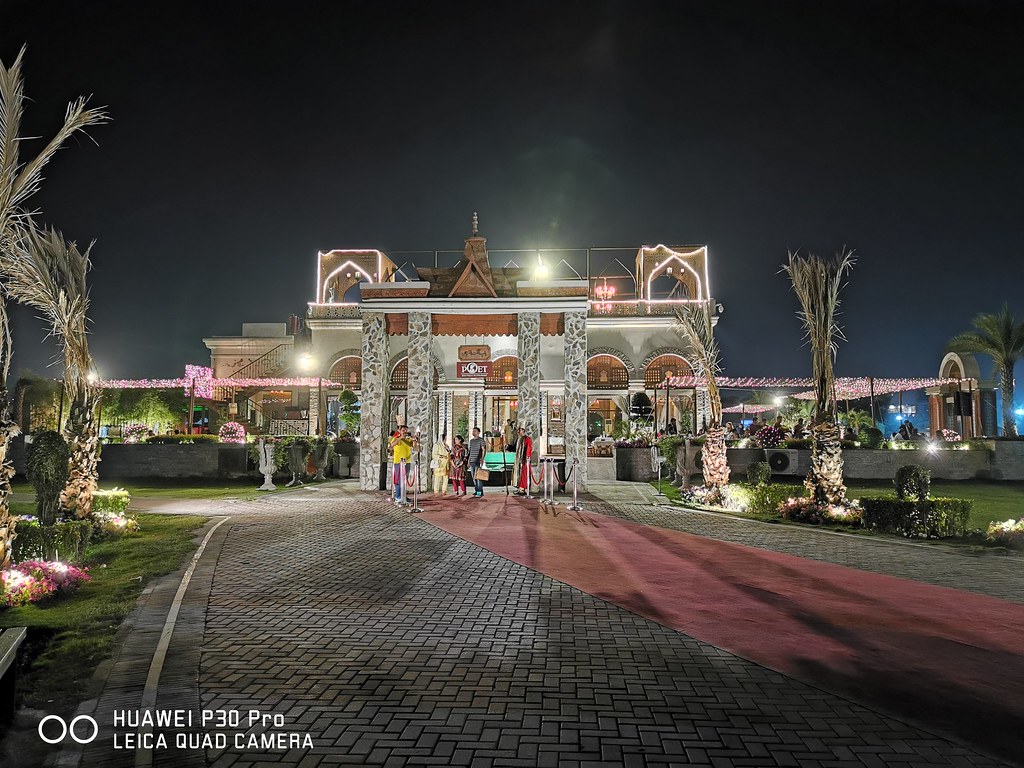
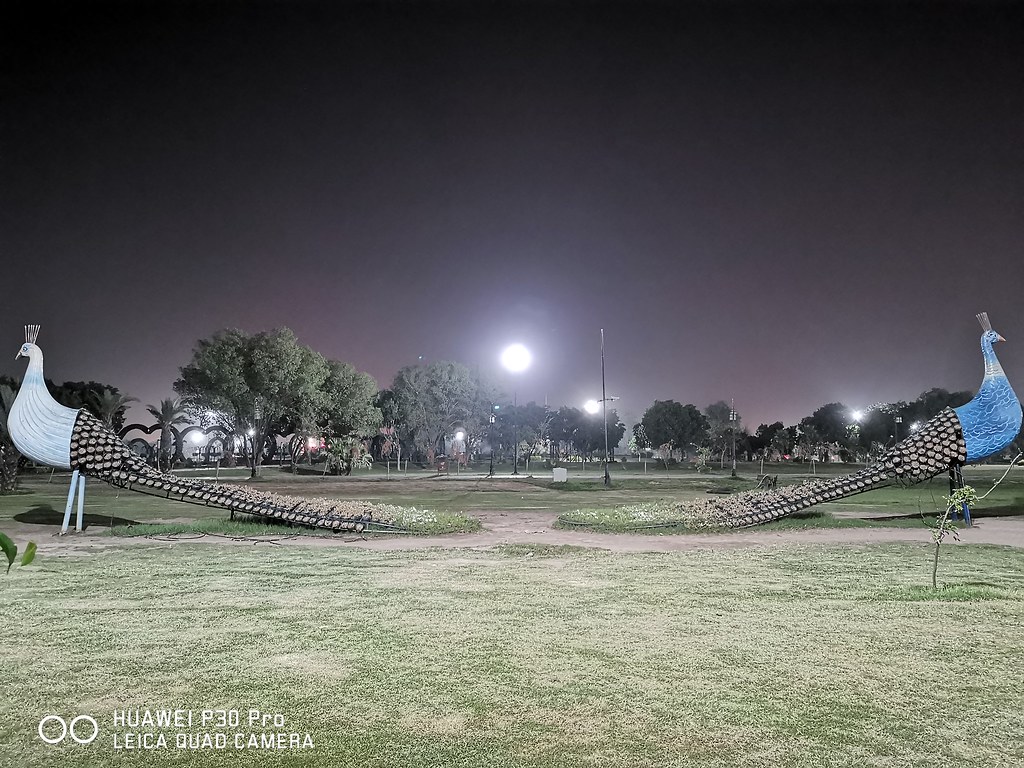



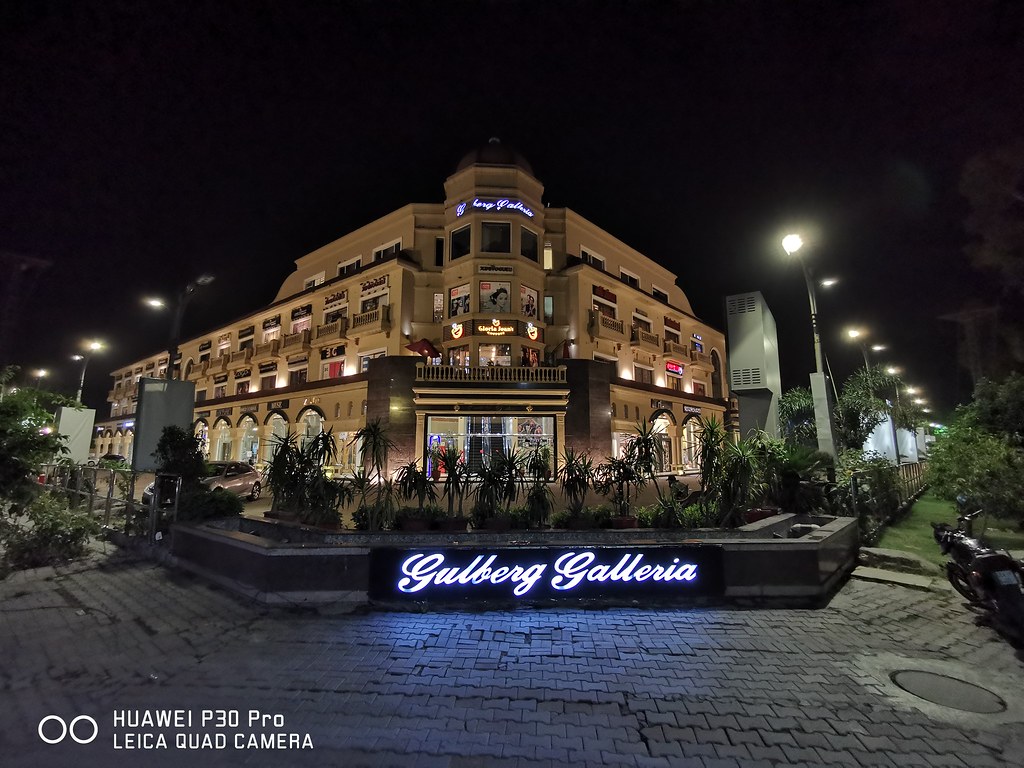




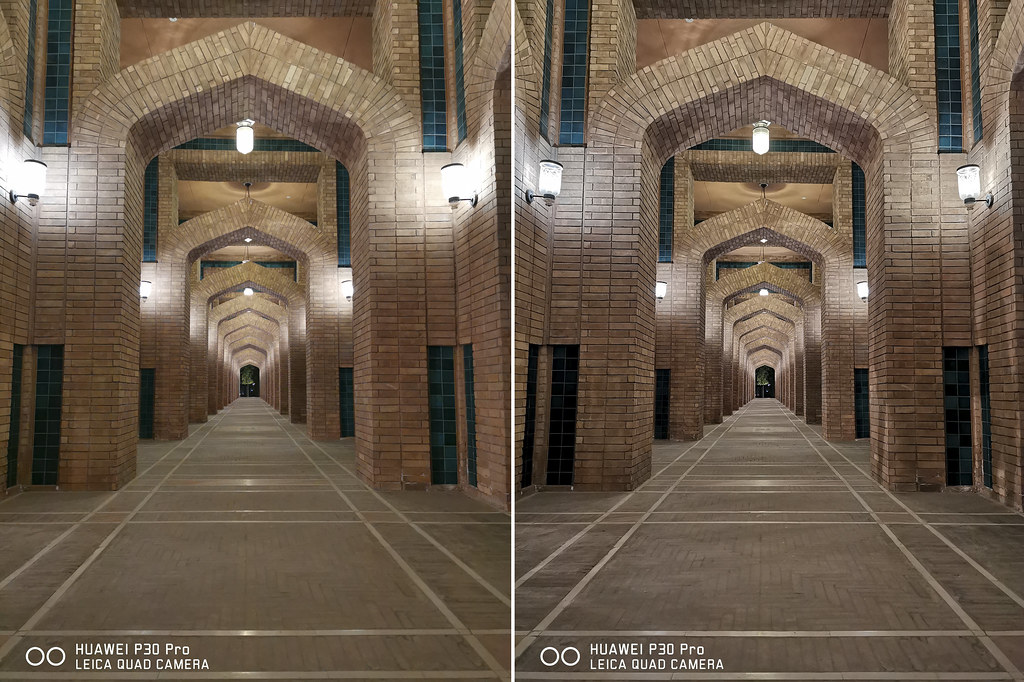


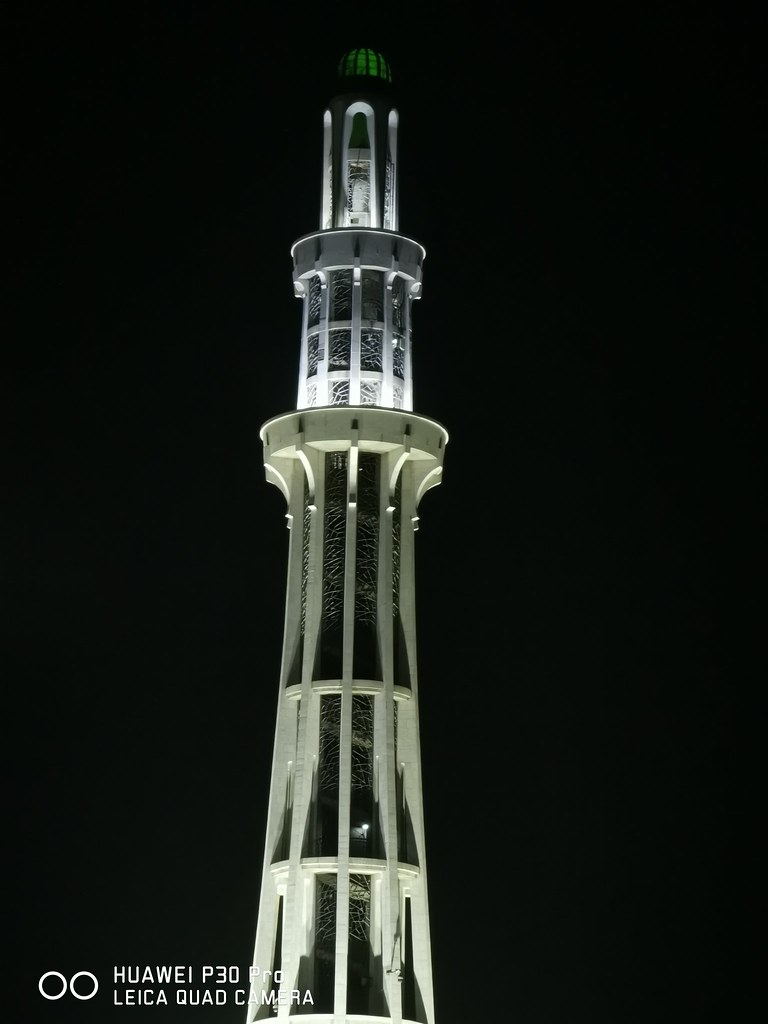


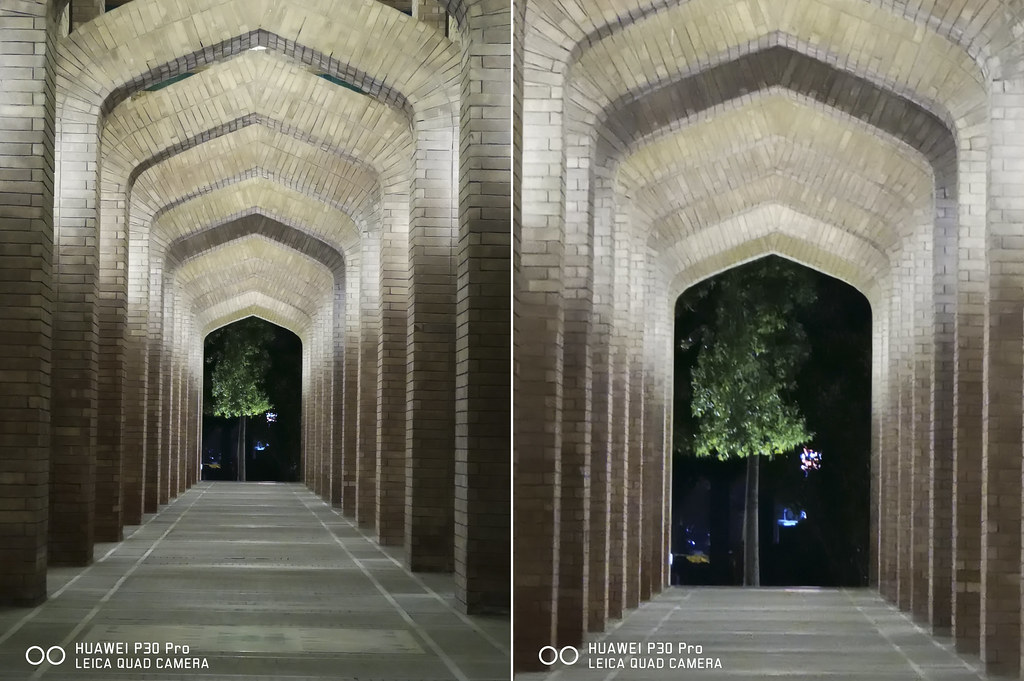




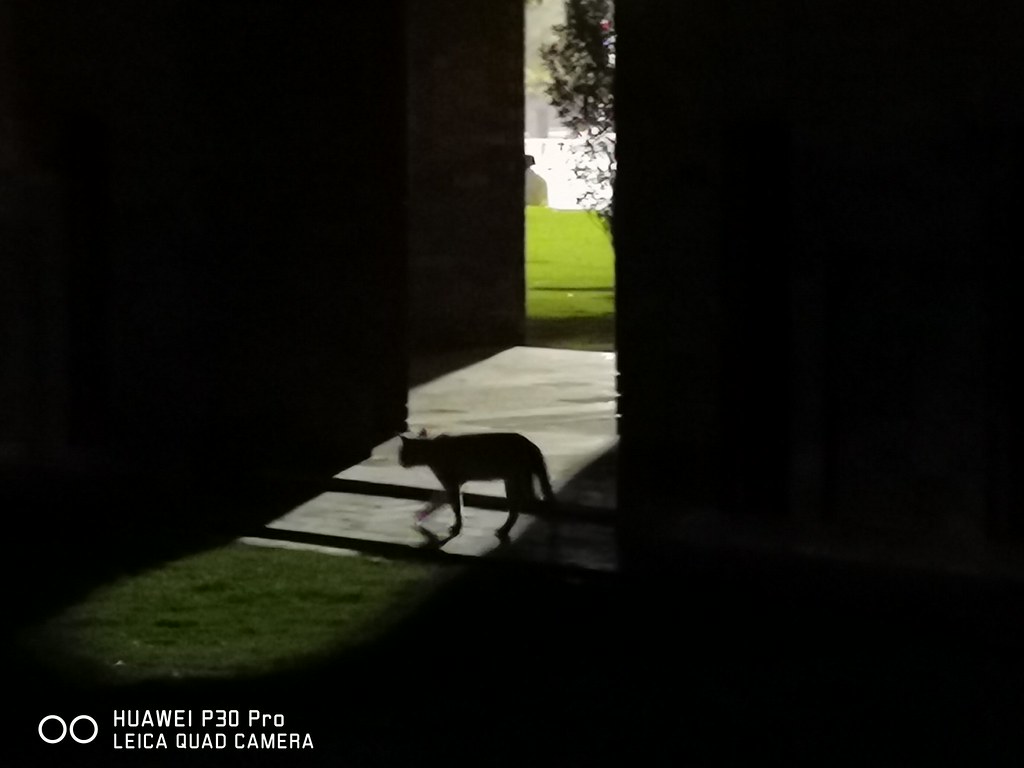



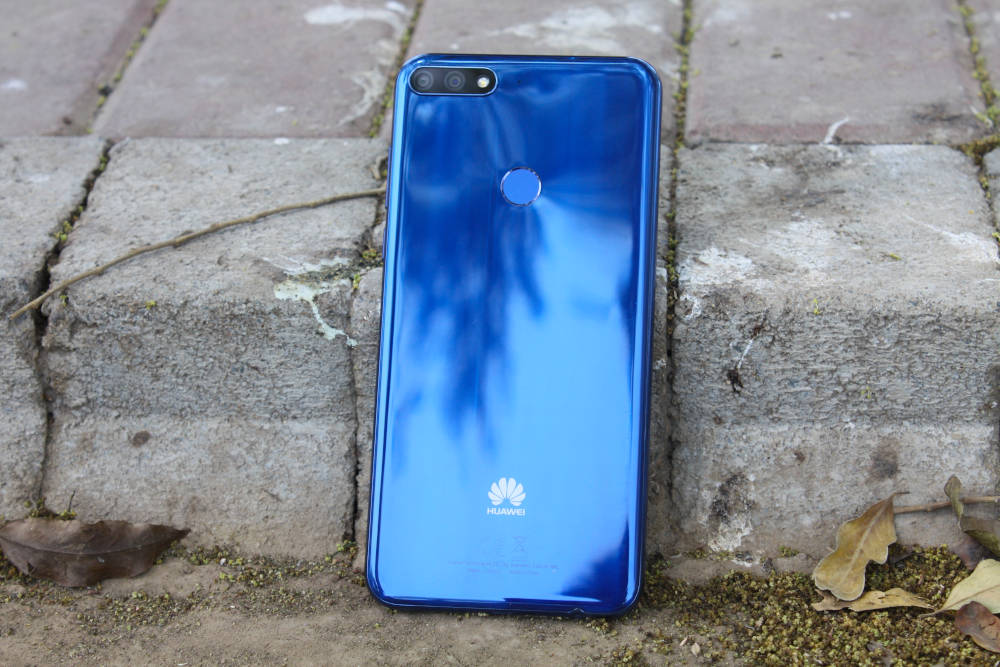
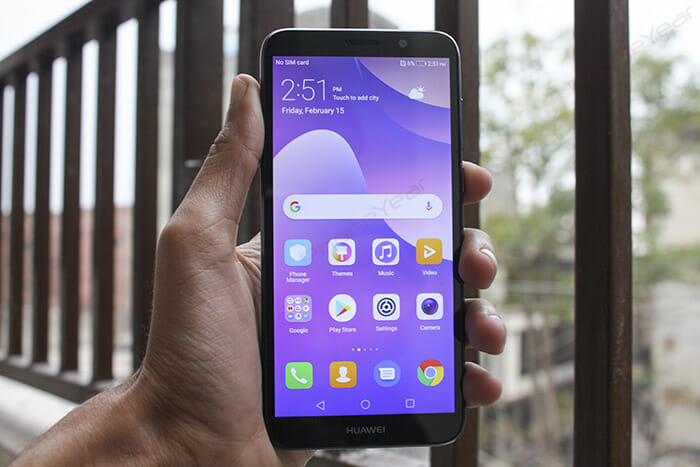
Amazing ,,,, Wonderful work team PhoneYear